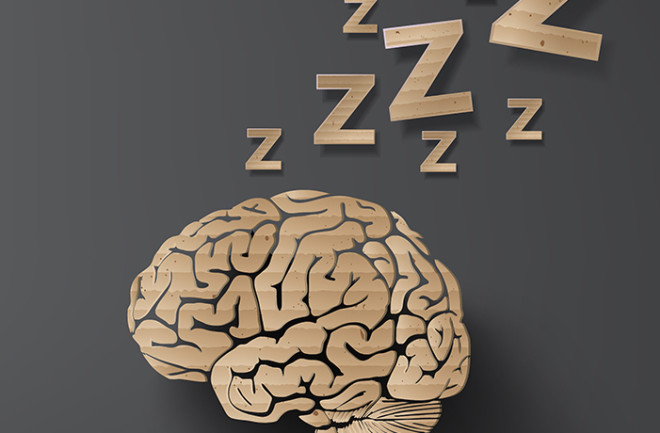Trouble sleeping? Your brain’s parafacial zone may not be doing its job. When this region was activated in mice, they fell into a deep sleep, no matter the time of day, background noise or presence of nosy researchers.
Sleeping Sans Sedatives
A newly discovered brain area could help us fall fast asleep without needing sedatives.
By Teal Burrell
Apr 30, 2015 5:00 AMNov 14, 2019 9:51 PM

KENG MERRY MIKEY MELODY/Shutterstock
Newsletter
Sign up for our email newsletter for the latest science news
0 free articles left
Want More? Get unlimited access for as low as $1.99/month
Stay Curious
Sign up for our weekly newsletter and unlock one more article for free.
View our Privacy Policy
Want more?
Keep reading for as low as $1.99!
Already a subscriber?
Find my Subscription
More From Discover
Stay Curious
Subscribe
To The Magazine
Save up to 40% off the cover price when you subscribe to Discover magazine.
Copyright © 2025 LabX Media Group
